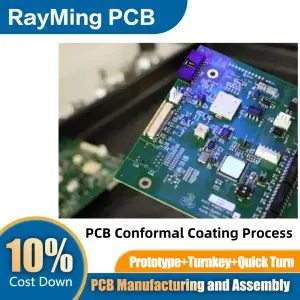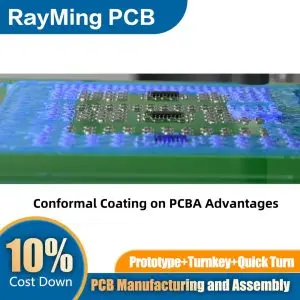PCB Protection Coating is a vital process in electronics manufacturing that involves applying a thin, protective layer to printed circuit boards. This coating, often referred to as conformal coating, serves as a barrier against environmental hazards that can compromise the functionality and lifespan of electronic components.
The primary purpose of PCB Protection Coating is to shield the circuit board from moisture, dust, chemicals, and temperature fluctuations. It also provides electrical insulation and protection against mechanical stress. Common types of coatings include acrylic, silicone, urethane, epoxy, and parylene, each offering unique properties suited to different applications.
The coating process can be performed through various methods such as brushing, spraying, or dipping. Advanced techniques like vapor deposition are used for more demanding applications. PCB Protection Coating is crucial in industries where reliability is paramount, including aerospace, automotive, medical devices, and military equipment.
Benefits of PCB Protection Coating include:
- Extended product lifespan
- Improved reliability in harsh environments
- Protection against corrosion and oxidation
- Enhanced resistance to electrical and thermal stress
- Mitigation of tin whisker growth





